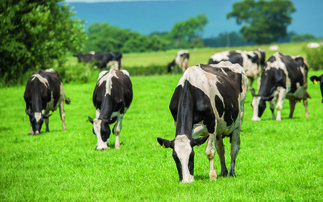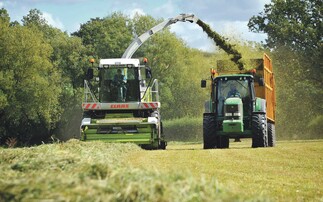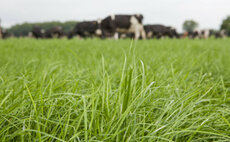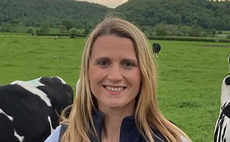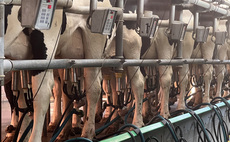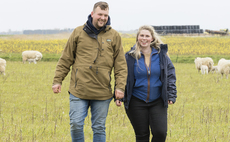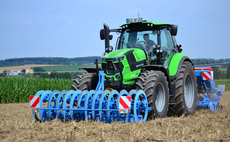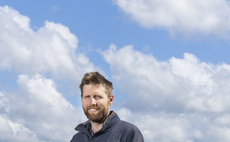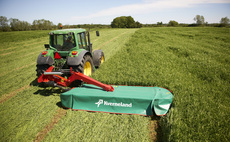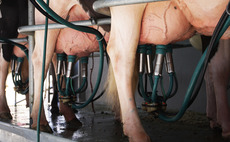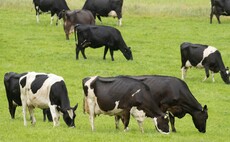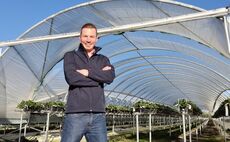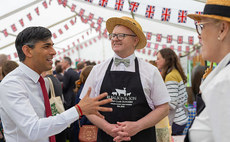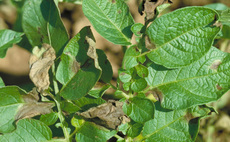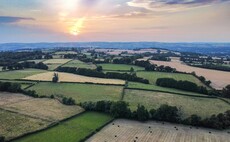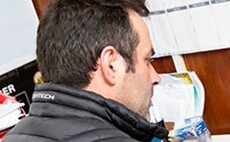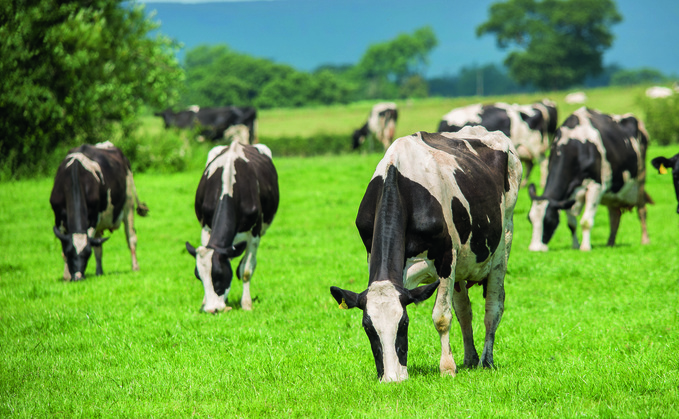
Most farmers put considerable effort into monitoring grass covers and ensuring grass is at the optimum three leaf stage, but according to James Vaughan from HerdVision , less attention is paid to the cows themselves. In particular he stresses the need to monitor mobility and condition.
"Grazed grass remains the cheapest feed for dairy cows and with purchased feed prices remaining high it will be essential to maximise the contribution from grazing," he comments. "Key to this is optimising grazing dry matter intakes. Anything that affects intakes will compromise performance."
Keep cows sound on their feet
"We expect grazing cows to often walk long distances to get to and from grazing four times a day. They then need to stand and feed for several hours before lying down to ruminate. As soon as cows begin to suffer reduced mobility, all these factors will be compromised meaning intakes and performance will fall.
"Cows will take longer to reach the grazing fields and will be less enthusiastic grazers when they eventually get there, Then they are often reluctant to lie down as it is painful to stand up again. All of these will have a big impact on production.
"A one-hour reduction in grazing time will reduce intakes by around 1kgDM, worth over two litres of milk in terms of energy. In addition, milk protein may be reduced further hitting prices and margins."
This year, grazing conditions could make things worse. Wet ground can lead to softening of the horn which in turn can lead to more physical damage and bruising. If tracks are in poor condition, damage from stones is another risk. So monitoring mobility should be high on the agenda.

Monitor body condition
If intakes are reduced, cows are also at risk of losing condition which will impact on fertility, especially for spring calved cows this summer. But late lactation cows can be at risk too. If they lose condition before they go dry, they will go dry in poor condition which will have consequences for calving-related conditions as well as fertility in the next lactation.
As cows are seen for shorter periods per day when at grass, it can be harder to pick up changes in condition or to spot the first signs of poorer mobility.
The changes in milk yield, milk composition and body condition may often be subtle. By the time a cow is identified as showing poor mobility she will often be at mobility score 2, meaning losses will already have occurred and treatment costs and recovery time will be greater.
The average cost of a case of lameness is £330. Early intervention with problem cows and trimming cows at the right time will prevent a score 1 becoming a score 2 or 3. Tracking mobility regularly will help ensure trimming can become proactive rather than reactive, improving efficiency and reducing costs.
"Changes in condition will be even harder to pick up manually meaning problems may go unnoticed until it is too late. The issue on most farms is finding the time to mobility and condition score cows when there is so much to do already."
Time to automate
Automated mobility scoring systems allow daily assessment of both mobility and condition scores with no labour requirement. It is done while you are concentrating on other tasks. Any problems flagged up as soon as they are detected, allowing earlier intervention to reduce the financial consequences.
The HerdVision system is a fully automated mobility and body condition scoring technology using 3D imagery. The system streamlines the collection of individual cow mobility and body condition data, through a robust camera setup that is easily installed above any race.
The camera captures data for every cow that passes beneath it, every time they do so meaning cows can be scored every day. The camera is unobtrusive meaning cows don't notice it, meaning their behaviour is unaffected. The system utilises existing EID tags for cow identification, eliminating the need for additional wearable devices.
The practical benefit of the system is that the cows are totally unaware of it, reducing stress and we get far more useful management information." By recording every cow, every time they walk under the camera, the HerdVision system gives us the timely data we need.
The combination of more frequent and more consistent monitoring and greater precision means it is possible to identify changes in mobility and condition score sooner, allowing earlier intervention and management to be altered as required to reduce the consequences of poor mobility or excessive condition loss.
"By flagging issues sooner, problem cows can be investigated and treated more rapidly. In addition, management can be fine-tuned to prevent problems re-occurring," Mr Vaughan adds. "Cow health and welfare will be improved, helping optimise grazing margins."
This post is funded by Herdvision.








